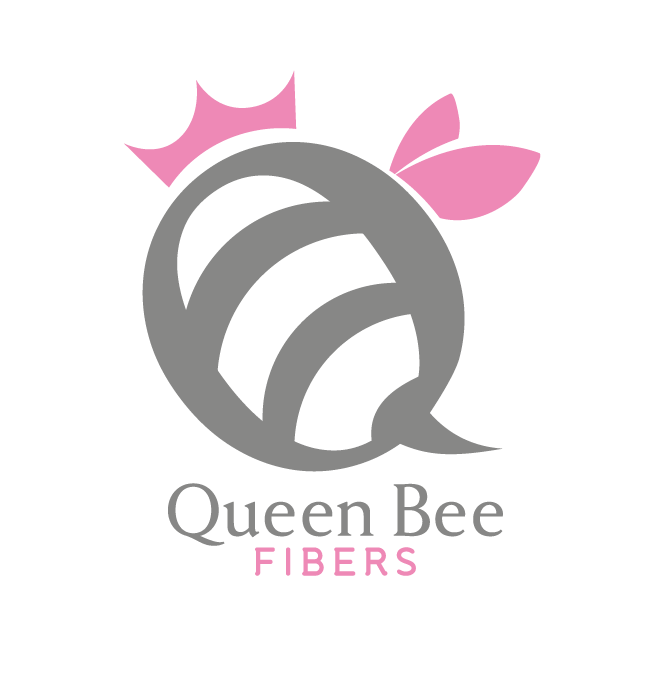Romney
In North America the average micron count is 29-36.
The Romney sheep have a defined lock structure with a staple length that can range from 4-6”.
Woolen
Prep- Washed, rinsed twice. Teased then carded. Spun woolen using a long draw.
During the teasing process I broke off the tips of the fiber with my hands. They were really damaged and broke off easily. I then carded the fiber three times and used a dowel to assist in making rolags. The fiber did drafted well, however, when while spinning the single ply it wasn't drafting as even as I would have liked. After the plying process, I was very surprised that it evened out and was happy with the end result. For this yarn, I used very little ply twist because I wanted the yarn to be airy and filled out.
Suggested end use: I believe the woolen finished yarn has a much softer hand then the worsted. That being said, it could be used next to the skin. I would make an outwear garment out of this yarn because insulating qualities. It would also make an amazing blanket.
Worsted
Prep- Dip washed, rinsed twice. Cut off tips due to “Canary stains”. Teased then combed. Spun worsted using a short forward draw.
The fiber was very clean but the tips had bad canary stains that had to be cut off. The fiber had some static while I was drafting it off of the combs into a sliver but it drafted really easily and evenly. I spun the fiber worsted using a short forward draw from butt to tip. After plying I did not think there was enough ply twist so I ran it through again. I think Romney is a perfect fiber to spin worsted. It also has a lot of luster to it.
Suggested end use: I don't think that I would use this yarn for anything next to the skin but it would look lovely in a woven or knit shawl. It would also work great in a woven outwear piece or a home good.








































